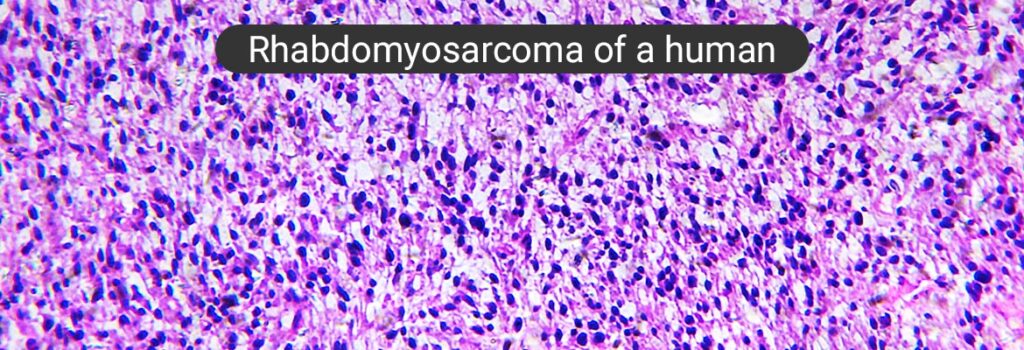Adolescent, young adult patients might benefit from intensive rhabdomyosarcoma treatment
By Lynda Williams, medwireNews Reporter
Adolescent and young adults with rhabdomyosarcoma have more aggressive disease than their paediatric counterparts and might benefit from intensive treatment strategies, suggests an analysis of two European paediatric Soft tissue sarcoma Study Group (EpSSG) trials.
As reported in The Lancet Child & Adolescent Health, Andrea Ferrari (Fondazione IRCCS Istituto Nazionale Tumori, Milan, Italy) and co-workers reviewed data for 1719 patients with high-risk localised rhabdomyosarcoma who took part in the 2005 phase 3 trial and 258 participants of the 2008 prospective, observational study of metastatic disease.
These EpSSG studies included children (0–14 years) and adolescents and young adults (15–21 years) from 108 centres in 14 countries and the primary endpoint of the current analysis was event-free survival (EFS) from time of diagnosis.
Ferrari et al found that adolescents and young adults were significantly more likely than younger individuals to have metastatic disease (23.7 vs 11.5%), unfavourable histology (46.3 vs 26.2%), large tumours (>5 cm; 68.9 vs 51.8%) and regional lymph node involvement (42.4 vs 19.7%).
These risk factors contributed to significantly lower 5-year rates in adolescents and young adults than in children for both EFS (52.6 vs 67.8%) and overall survival (OS; 57.1 vs 77.9%).
And multivariable analysis confirmed that age of 15–21 years versus younger age was a significant risk factor for inferior prognosis, with hazard ratios for poorer EFS and OS of 1.48 and 1.73, respectively.
The investigators note that chemotherapy regimens were modified in a comparable 15.3% of adolescents and young adults versus 21.4% of children, and that grade 3–4 adverse events indicating haematological toxicity and infection were less common in the older than younger participants.
Ferrari et al say their findings support the belief “that adolescent and young adult patients, at least up to age 21 years, can be treated with intensive paediatric therapies with no major tolerability issues and should be included in paediatric rhabdomyosarcoma trials.”
However, they write that the “inferior outcome” of this older patient population “suggests that a tailored and intensive treatment strategy might be warranted”, alongside research to provide “better understanding of age-related biology factors” that could, in turn, identify targeted treatments for adolescents and young adults.
Monika Sparber-Sauer (Olgahospital, Stuttgart, Germany) notes in an accompanying comment that the epidemiological survival data for adolescent and young adults are poorer than the EpSSG trial outcomes, and suggests that outcomes could be improved by greater use of paediatric protocols and continuing to increase trial participation in this population.
She hopes that improving understanding of novel molecular alterations and differences in microenvironment in rhabdomyosarcoma may help risk stratify patients.
“Future trials including new diagnostic tests and targeted treatments should address the unique needs of the adolescent and young adult population, in addition to the needs of younger children, on an international level to improve prognosis of rhabdomyosarcoma”, Sparber-Sauer writes.
News stories are provided by medwireNews, which is an independent medical news service provided by Springer Healthcare Ltd. © 2022 Springer Healthcare Ltd, part of the Springer Nature Group
Lancet Child Adolesc Health 2022; doi:10.1016/S2352-4642(22)00121-3
https://pubmed.ncbi.nlm.nih.gov/35690071/
Lancet Child Adolesc Health 2022; doi:10.1016/S2352-4642(22)00132-8

